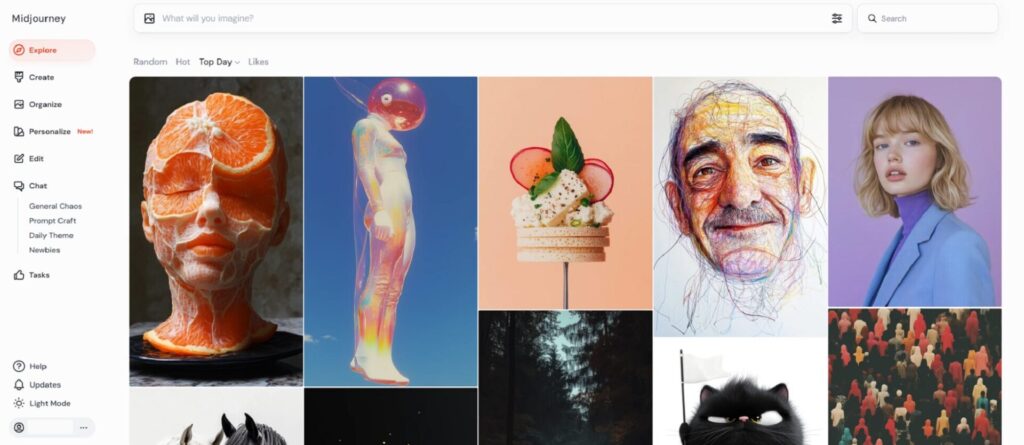Artificial intelligence (AI) has dramatically reshaped what’s possible in industries ranging from agriculture to health care. People are also excited about how AI in transportation could positively impact how they get around. Here are five examples:
1. Predicting Bus Delays
Many people who regularly use buses to meet their transit needs quickly learn there may be various routes serving their destinations. If someone’s in a hurry, choosing the most-efficient option could mean the difference between being on time or late for a job interview or medical appointment.
Google recently applied machine learning — a subset of AI — to help people learn about bus delays that may impact their travel plans. The company launched it in hundreds of cities around the world. It says more than 60 million people will benefit from the improved timing estimates.
The machine learning algorithm accounts for factors such as local traffic levels and how long a bus halts at a stop when giving results. People can tap into the bus delays data by using Google Maps. They’ll see projected slowdowns within that app.
2. Analyzing Railroad Track Conditions
Another way to use AI in transportation concerns railway maintenance. Today’s track inspections may take hours or days, disrupting the routes people use to meet daily travel needs.
Bane NOR, the Norwegian government agency that oversees the country’s rail network, recently received funding for a trial to develop a camera-based system that depends on AI to spot railway infrastructure issues.
The team working on the project plan to use a variety of camera types — including train-mounted models and drones — to capture data. They anticipate this system enabling more frequent and faster inspections without stopping train traffic.
If this approach works as expected, long-term train delays due to rail infrastructure faults could become problems of the past. Since AI could show maintenance experts issues that they’d otherwise miss, using such technology could facilitate improved planning, too.
3. Making Roads Safer
Traffic accidents occur all over the world, resulting in fatalities, injuries and highway backups. A variety of tech companies hope AI could minimize them.
One example designed for truck drivers in New Zealand uses AI in a device located in the vehicle’s cab. It scans the face of the person behind the wheel and looks for signs that the individual is tired and needs to take a break. Then, a project based in India is investigating AI in transportation to improve new driver training programs with customized feedback.
There’s no single way to tackle the pressing problem of road safety. These possibilities and others like them could prove what’s possible, however.
4. Encouraging Participation in Bike-Sharing Programs
When people want to get around by bike but aren’t sure about investing in their own wheels, bicycle-sharing programs could help them explore this transportation option with minimal commitment. When such initiatives work well, people check out bikes from the nearest public docks, ride to their destinations, then bring the bicycles to the nearest return point. If people continually find empty bike stations or see that they’re always full and can’t accommodate returns, they may decide bike sharing is an appealing idea that’s not as convenient as it seems.
Numerous cities launched AI algorithms to cut down on the hassles that people often associate with programs that let them use bikes as needed. One company called BICO AI uses its technology to improve the management of publicly shared vehicles like bikes and e-scooters.
When authorities in Helsinki, Finland chose BICO AI, ridership increased by five trips per day. The BICO AI platform handles the collection, analysis and visualization of ride data, which could help city authorities make smarter decisions about how to meet bicyclists’ needs.
5. Streamlining Air Travel
Traveling by plane often doesn’t rank among people’s favorite activities. They dislike the lengthy security screening queues and the prospect of late flights — and those potential downsides are just the start.
Some airports have embraced AI to make air travel more efficient for passengers. Applications speed the boarding process or ensure flight attendants don’t forget about someone’s dietary requirements.
Bringing AI to airports could make air travel more commercialized, such as by recommending nearby shops in the terminal to passengers based on their previous purchases, however. Concerns also exist about possible privacy concerns associated with AI data linked to air travel. When using artificial intelligence in airports or anywhere else, the goal must be to strike a balance between company goals and consumer security.
A Bright Future for AI in Transportation
This overview of what’s happening and may occur as more entities work with artificial intelligence for transportation shows there’s abundant potential. Being aware of customer needs while supporting business requirements should result in impressive outcomes.
Recent Stories
Follow Us On
Get the latest tech stories and news in seconds!
Sign up for our newsletter below to receive updates about technology trends




